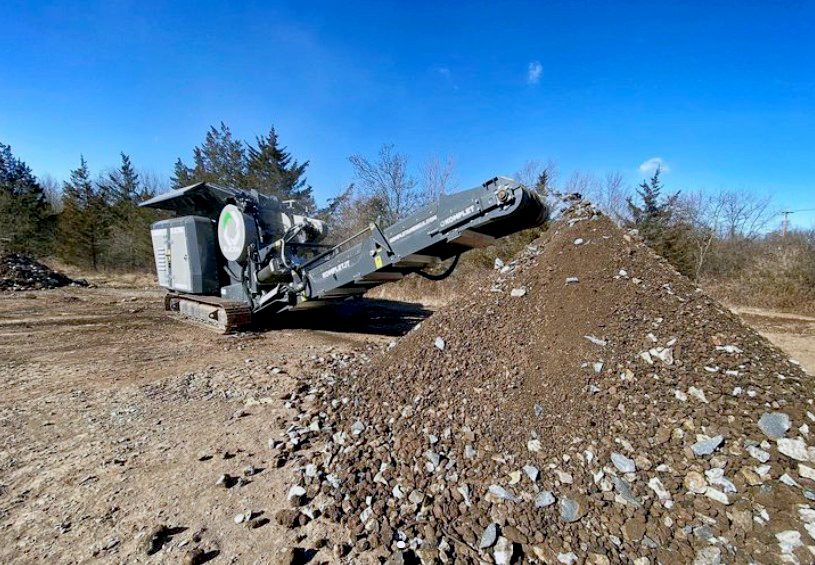When it comes to industrial material processing, two essential types of equipment play a pivotal role: crushing equipment and shredding equipment.
While they may seem similar at first glance, each serves a unique purpose in breaking down materials. Understanding the differences between them can help businesses make informed decisions about which machinery suits their needs best.
What is Crushing Equipment?
Crushing equipment is designed to reduce large materials into smaller, more manageable pieces. Whether used in mining, construction, or recycling, crushing machinery applies force to break down hard materials like rocks, concrete, and metals. The goal is to achieve a consistent size and shape, which is essential for further processing.
How Crushing Works
Crushing equipment uses mechanical pressure to compress materials between two surfaces, often a fixed surface and a moving surface. As the material is compressed, it fractures, resulting in smaller particles. Crushing machinery is categorized into different types, including:
- Jaw crushers: Ideal for breaking down larger, harder materials.
- Cone crushers: Used for secondary or tertiary crushing to achieve finer material consistency.
- Impact crushers: Perfect for softer materials like limestone, where a high-speed impact causes material breakdown.
What is Shredding Equipment?
Shredding equipment, on the other hand, is primarily used for reducing materials into smaller, fragmented pieces. Shredders work by cutting or tearing apart materials, making them ideal for processing softer items like wood, plastics, or paper. In industries like waste management and recycling, shredders are key to breaking down bulk waste into more manageable sizes for further handling or disposal.
How Shredding Works
Shredding equipment operates by using rotating blades or knives that cut through materials. Depending on the material being processed, different types of shredders are available:
- Single-shaft shredders: Used for light materials like plastic or cardboard.
- Double-shaft shredders: Suitable for heavier, bulkier items, including metal scraps or wood.
- Granulators: Focus on fine particle size reduction, ideal for recycling industries.

Crushing vs. Shredding: Key Differences
- Material Hardness
Crushing equipment is specifically designed to handle harder materials, such as rocks, ores, and metals. Shredding equipment, however, is used for softer, lighter materials like plastics, wood, and paper.
- End Product
Crushing machinery breaks down materials into smaller, uniform sizes—often for use in further industrial processes like manufacturing. Shredders, on the other hand, tear materials into irregular, fragmented pieces that are more suited for recycling or disposal.
- Process Method
Crushing works through compression or impact forces that break the material apart. Shredding relies on cutting and tearing, typically using rotating blades or knives.
- Applications
Crushing equipment is widely used in mining, construction, and aggregate production, where processing large, hard materials is essential. Shredding equipment is more common in waste management and recycling industries, where soft materials like plastics and paper need to be broken down.
- Machine Design
Crushing equipment often involves more heavy-duty components, including jaw plates, hammers, and rotors, to withstand high pressure and mechanical force. Shredders, by contrast, are built with rotating blades and shafts to slice through materials.
Which Equipment Should You Choose?
The choice between crushing and shredding equipment depends on the specific needs of your business:
- If you’re working with harder materials like concrete, rock, or ore, crushing equipment will offer the durability and power you need.
- If your operation deals with softer, bulky waste such as wood, plastic, or paper, then shredding equipment is likely a better fit.
Conclusion
In the world of industrial machinery and material processing, knowing the key differences between crushing equipment and shredding equipment is vital. Each serves a distinct role, and choosing the right one depends on the materials you’re handling and the end goal of your operation.
Whether you need uniform crushed material for further use or shredded pieces for recycling, selecting the proper equipment will maximize efficiency and productivity.
